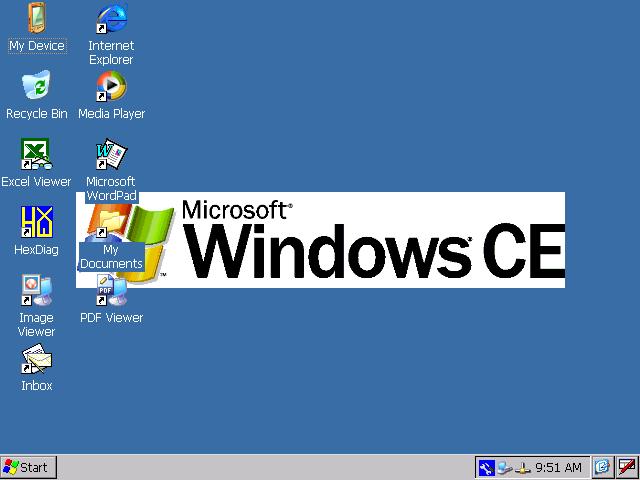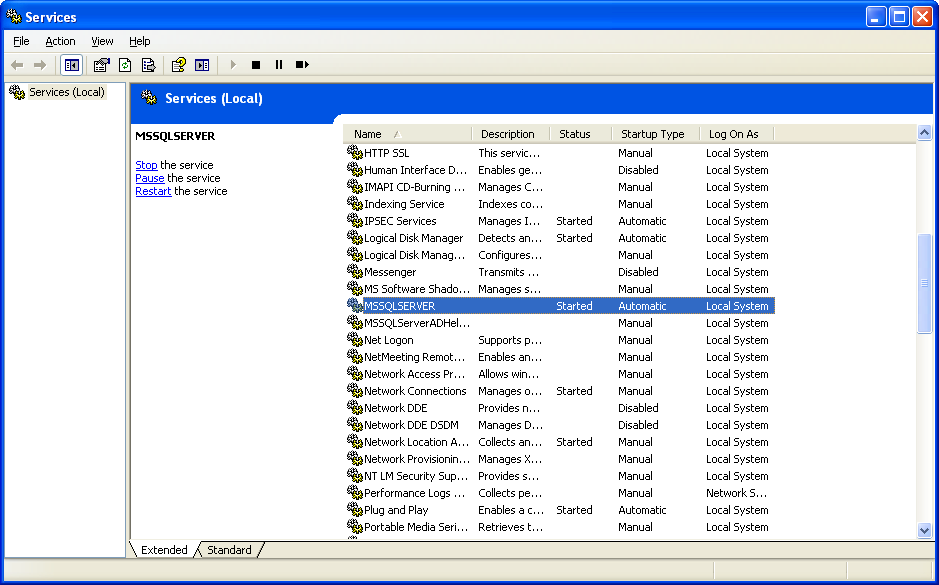
Halang, in Human Factors in Information Technology, 1999 Real Time Control
Xp embedded real time Offline#
performance in order to reach an appropriate balance for attaining acceptable timeliness between the real-time portion of the scheduling optimization rules and the offline scheduling performance evaluation and analysis. Physical time can also be used for logging history data.Īll real-time systems make trade-offs of scheduling costs vs. Physical time is also important for action time constraints as well as measuring costs incurred as processes progress to completion. In a real-time system, physical time (as opposed to logical time) is necessary for real-time resource management in order to relate events to the precise moments of occurrence. The resource management that is used is usually static and requires analysis of the system prior to it executing in its environment.

Many of these embedded computers use very little real-time resource management. These computers are referred to as embedded systems, which we spoke about earlier. Systems that have interactions with physical devices require higher degrees of real-time resource management. Systems that must operate in real time consist of both real-time resource management and hardware resource capacity. To be cost effective, there must exist some form of real-time resource management. The degree to which a system is required to operate in real time cannot necessarily be attained solely by hardware over-capacity (such as, high processor performance using a faster CPU). Real-time resource management comes at a cost. As mentioned earlier, resource management may be performed statically, offline, or dynamically, online. A system is said to be real-time if it contains some model of real-time resource management (these resources must be explicitly managed for the purpose of operating in real time). These requirements must be objectively quantifiable and measurable (stating that the system must be “fast,” for example, is not quantifiable). Acceptable timeliness is defined as part of the behavioral or “nonfunctional” requirements for the system. Resource managementĪ system operates in real time as long as it completes its time-critical processes with acceptable timeliness.
Xp embedded real time code#
We will be discussing much more about this topic in the chapter on optimizing source code for DSPs. However, higher level languages can be used in real-time systems effectively, using the right techniques. Some higher level languages have instructions that be an order of magnitude slower than assembly language. This is not always true in the embedded system world. One of the main benefits of using a higher level language is to allow the programmer to abstract away implementation details and concentrate on solving the problem. This constraint may drive everything from the choice of processor to the choice of the programming language.

Efficiency can be categorized in terms of processor cycles, memory or power. Real-time systems are time critical, and the efficiency of their implementation is more important than in other systems.

Xp embedded real time software#
Robert Oshana, in DSP Software Development Techniques for Embedded and Real-Time Systems, 2006 Efficiency overview The multimedia systems (audio, images and video), are a typical example of these. These non-critical RTS are also called soft real time. Non-critical RTS are systems in which failure to comply with time restrictions implies a loss of functionality or performance of the system. Some examples of these are earthquake alerts, military tactical training, kidnapping and rescue systems, etc. These systems in critical real time are also called hard real-time systems. 3.2.1.1 Critical real-time systemsĬritical RTS are systems in which the non-compliance with the temporary restrictions can have consequences insurmountable for the system itself and its users. RTS can be classified into several forms, according to the fulfillment of the temporary restrictions: –

One of the most important features is that the response time of these systems must be predictable and limited. RTS are considered to be systems whose behavior depends on the time elapsed, since they start processing data en tries until the outputs are known.


 0 kommentar(er)
0 kommentar(er)
